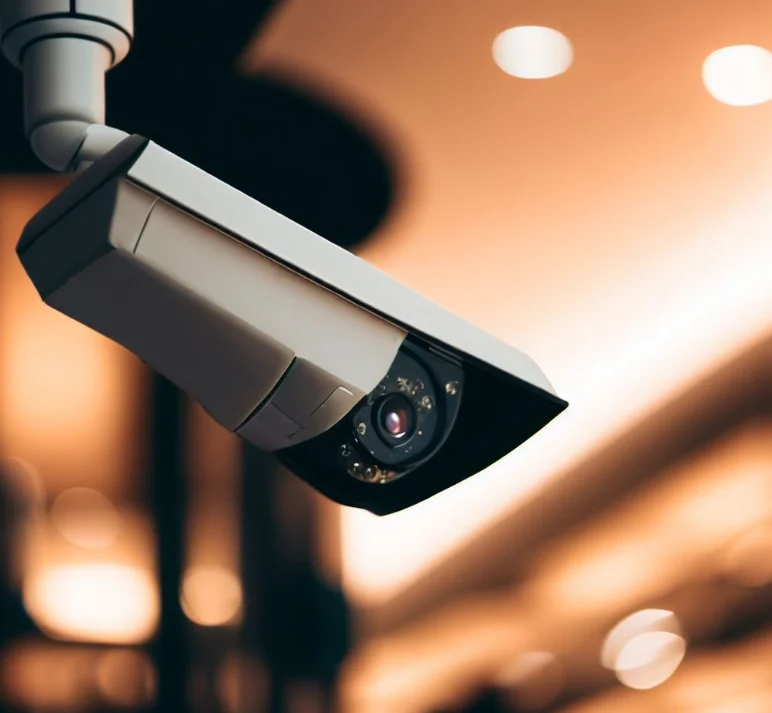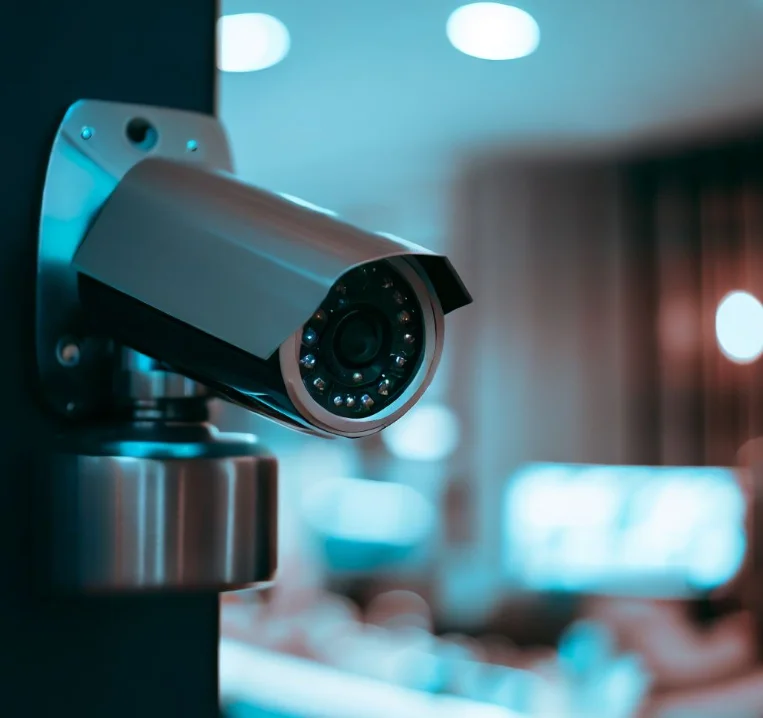Hotels require robust security systems to protect guests and assets. The right security cameras can capture high-quality footage to identify suspicious individuals and activities. Hotel owners and managers must choose between analog and IP camera systems, each with unique strengths and limitations. This article examines key factors to weigh when selecting security cameras for hotels.
Image Quality
A primary consideration is image quality, influenced largely by resolution and sensor technology. Analog cameras typically offer standard definition 360p to 960p video. Image sensors are often older CCD models prone to noise interference. While cheaper, their footage may lack details needed to distinguish faces or license plates.
 IP cameras boast superior HD and 4K ultra HD resolutions. They utilize advanced CMOS sensors that produce sharper, clearer video with more pixels. Megapixel IP cameras better capture fine details like facial features and text. Their high resolutions support zooming in on specific areas while maintaining image quality. For example, reading a license plate from 50 feet away.
IP cameras boast superior HD and 4K ultra HD resolutions. They utilize advanced CMOS sensors that produce sharper, clearer video with more pixels. Megapixel IP cameras better capture fine details like facial features and text. Their high resolutions support zooming in on specific areas while maintaining image quality. For example, reading a license plate from 50 feet away.
For hotels, high-resolution IP cameras are better suited for capturing identifiable footage. Placing 4K cameras at entrances enables staff to see guests in finer detail. HD cameras in hallways, lobbies, and parking areas also provide sharp video. High-quality footage improves investigations and makes incidents easier to resolve.
Networking and Installation
Analog cameras use coaxial cabling to transmit video to a DVR recorder. This makes analog systems simple “plug-and-play” installations. IP cameras instead connect to networks via Ethernet cabling for digital video transmission to an NVR. While this enables more camera features, it also requires properly configuring each IP camera and managing the network load.
This can mean more upfront work installing IP systems. However, Ethernet cables are cheaper than coax and utilize existing network infrastructure. IP cameras also don’t require video baluns and other converters used in larger analog systems. And IP systems reduce cable clutter with Power over Ethernet. Overall, both options are viable for hotels but IP systems require IT-savvy integrators.
Remote Access and Storage
A limitation of analog cameras is locally recording footage to DVRs. To review video, staff must be physically present at the DVR. Instead, IP cameras can transmit footage across networks. This allows remotely accessing live and recorded video from anywhere via computer or mobile app.

Smart Features and Future-Proofing
IP cameras are computers with onboard processors, memory, and operating systems. This allows in-camera analytics like motion and sound detection, people counting, and facial recognition. These features help hotels better analyze surveillance data over time.
The processing power also enables easy updating of camera capabilities. Add-ons like pan/tilt/zoom, two-way audio, and improved analytics are available. This future-proofing ensures the system won’t become obsolete as technology advances.
In contrast, analog systems rely on separate DVRs for analysis and upgrades. The cameras themselves have no computing power limiting their adaptability. Choosing IP systems with smart cameras provides hotels with higher long-term value.
Cybersecurity Considerations
While offering more features, IP cameras also come with cybersecurity risks. Like any network device, poor configurations or passwords can expose cameras to unauthorized remote access. Hotels must take steps to secure devices and network traffic.
Recommendations include changing default passwords, enabling encryption, restricting IP ranges, and isolating cameras on separate VLANs. Proper cybersecurity protections require diligent IT administration. For some hotels, analog systems may be preferred to minimize network complexity.
Weather and Environmental Challenges
The conditions of a camera’s placement impact performance. Outdoor and high-moisture areas require specialized equipment. Both camera types have external housing and other options for wet environments. However, coax cable is generally more resilient than Ethernet for these scenarios. Long cable runs are also available in coax while Ethernet has length limits.
 For large hotel properties, analog systems may be better for covering parking lots, perimeter fencing, or pools. The right outdoor-rated housing and cabling keepsanalog cameras functioning through all weather. But for protected indoor placements, like hallways and lobbies, standard IP cameras suffice.
For large hotel properties, analog systems may be better for covering parking lots, perimeter fencing, or pools. The right outdoor-rated housing and cabling keepsanalog cameras functioning through all weather. But for protected indoor placements, like hallways and lobbies, standard IP cameras suffice.
Night and Low Light Performance
Capturing video in dark conditions depends more on IR illumination than camera type. Both IP and analog cameras can be paired with IR lights to improve night vision. However, analog is slightly better suited to extreme low light situations. The reason is digital compression in IP cameras can introduce noise that degrades video. Analog compresses less and may offer smoother footage at night.
But with powerful IR lights, high-end IP cameras often perform on par with analog low light. For 24/7 surveillance, hotels should utilize external IR illuminators to enable clear footage day and night. The cameras themselves are secondary but IP models generally feature higher max IR distances.
Budget Constraints
The cost of analog cameras and DVRs are 50% or less than comparable IP models. When looking to outfit a hotel on a tight budget, analog provides serviceable video for less upfront investment. However, given IP technology improvements and declining prices, their total cost of ownership is often best long-term.
For example, analog DVRs require continual hard drive replacement as storage fills. IP systems leverage unlimited cloud services to reduce hardware costs. And upgrading analog cameras or DVRs down the road can actually cost more than the latest IP models. Overall, both options can suit hotels but factoring ongoing expenses makes IP the smarter investment.
Key Takeaways
When evaluating analog vs IP cameras for hotels, consider:
- IP has superior resolution and image detail but analog remains adequate for some uses
- IP requires more involved installation but enables remote monitoring and management
- IP offers future-proofing with smart camera analytics unavailable in analog
- Proper configuration is key for IP security and reducing network strain
- Environmental factors may favor coax cable and analog cameras for some outdoor placements
- With IR illumination, camera performance is similar in low light conditions
- While cheaper initially, analog systems have higher long-term costs from continual upgrades
For most hotels, IP systems are worth the investment for their added capabilities. But analog still fills basic surveillance roles, particularly in challenging environments. Consider the coverage needed, budget constraints, and support resources when choosing analog or IP systems. With the right selection and placement, hotels can protect guests while delivering video evidence when needed.
